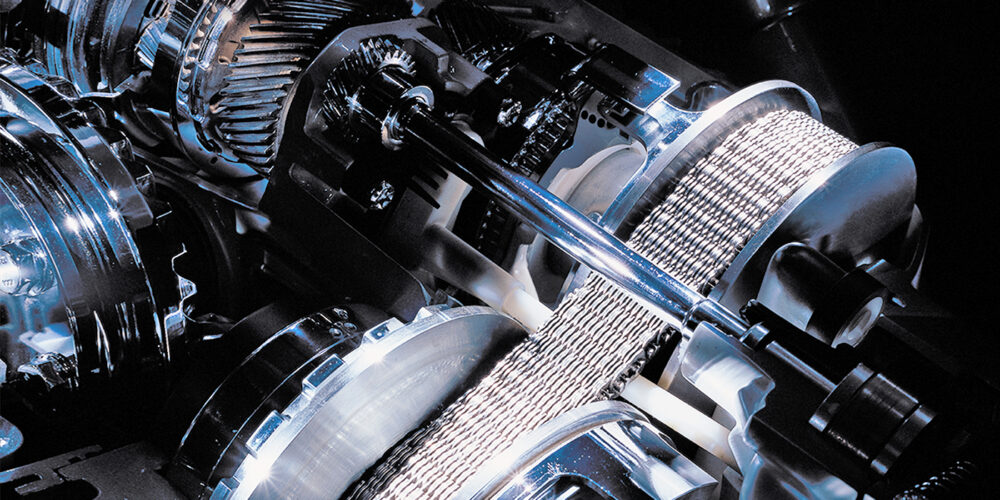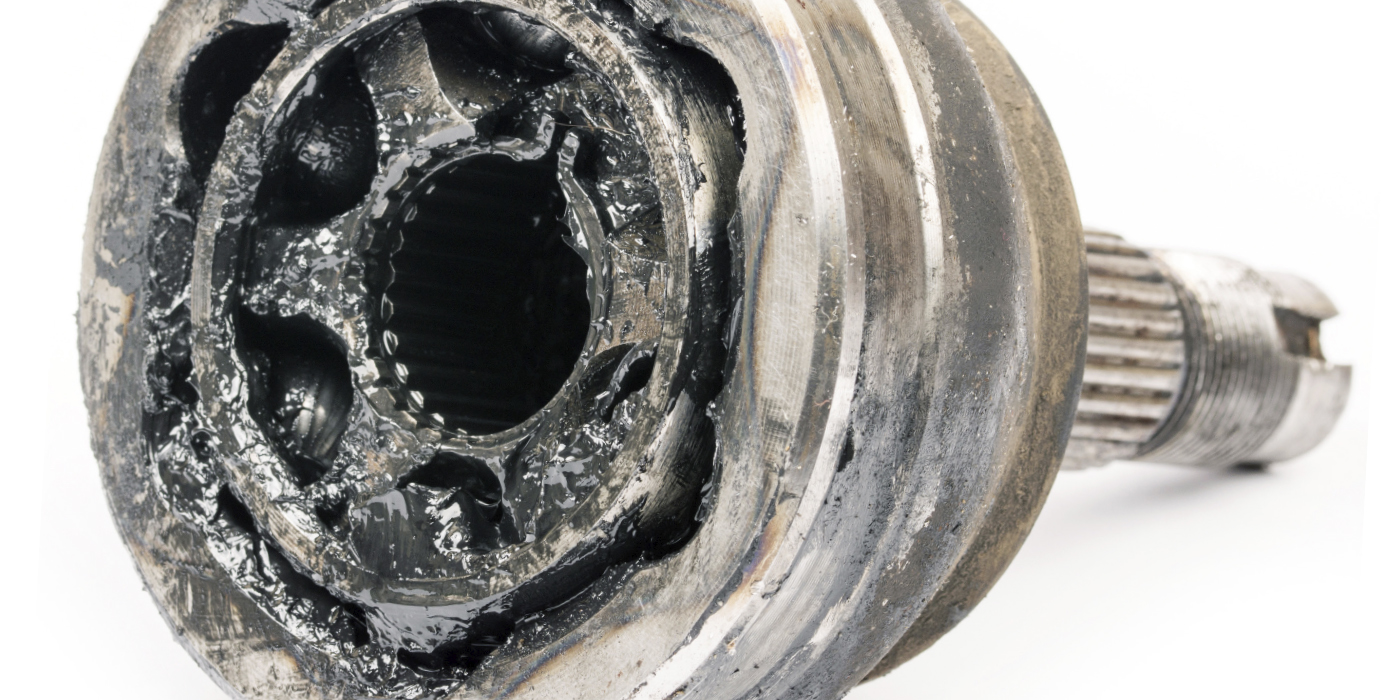Models Affected: 1999-2000 Pontiac Grand Prix with GM’s 3.1L engine (VINs J, M – RPOs LG8, L82)
Some customers may comment on one or more of the following conditions:
• The Service Engine Soon light is on;
• The generator light is on;
• The engine cranks slowly;
• The engine will not start; or
• The engine stops running.
These conditions may be caused by several factors:
• A loose or improperly installed battery cable (either positive or negative);
• The battery; and
• A malfunctioning generator (one with output voltages less than 12 volts or greater than 18 volts).
Correction
Caution: Before servicing any electrical component, the ignition key must be in the Off or Lock position and all electrical loads must be off, unless instructed otherwise in these procedures. If a tool or equipment could easily come in contact with a live exposed electrical terminal, also disconnect the negative battery cable. Failure to follow these precautions may cause personal injury and/or damage to the vehicle or its components.
Important: If the starter will crank the engine, go to Charging System Test outlined below. If the starter will not crank, test the battery using the following procedure.
Test the battery with the J 42000 Battery Tester following this procedure:
1. Inspect the battery for evidence of physical damage. If damage is found, replace the battery. If no physical damage is present, proceed to the next step.
2. Is the hydrometer eye yellow? If yes, tap the hydrometer lightly with the handle of a small screwdriver. Did the color change? If the color did not change, replace the battery. If the color did change, continue with the next step.
3. Check for loose battery cables. Attempt to rotate the battery cable end. Properly tightened battery cables will have a breakaway torque requirement of 15 Nm (10 lb.-ft.). If the bolt is tight and the end rotates, the attaching bolt may be too long, foreign material may be lodged in the battery bolt hole, or the battery/cable end may be damaged.
4. Install the J 42000. Follow the directions supplied with the tester. When testing with the battery cables still connected to the battery, rock the J 42000 clips back and forth on the terminal bolt to cut through any coating or oxidation that may be present on the bolt. Follow the directions supplied with the tester.
5. If the battery test is OK, recharge the battery and then perform the Charging System Test.
6. If the test result is REPLACE THE BATTERY, continue with this procedure.
7. Disconnect both battery cables from the battery.
8. Clean the battery terminals.
9. Install the approved battery test adapters.
10. Retest the battery.
11. If the REPLACE THE BATTERY result is obtained after the second test, replace the battery and then complete the Charging System Test.
Important: For warranty purposes, always place the test code displayed by the tester on the repair order. The number is a unique identifier that describes the test data for a particular battery at a particular time. While the test code may occasionally repeat when testing the same battery, it is more likely that a
different code will result each time the battery is tested.
Charging System Test
Caution: Before servicing any electrical component, the ignition key must be in the Off or Lock position and all electrical loads must be off, unless instructed otherwise in these procedures. If a tool or equipment could easily come in contact with a live exposed electrical terminal, also disconnect the negative battery cable. Failure to follow these precautions may cause personal injury and/or damage to the vehicle or its components.
Important: Make sure all electrical loads are off. Connect J 41450-B Generator Tester to the generator. Follow the directions supplied with the tester.
If the generator fails the Charging System Test, inspect the coolant fan jumper harness for a part number tag. If the tag shows a P/N 0341, replace the coolant fan jumper harness with P/N 15371919 (this harness will have a P/N tag of 1919), and the generator P/N 10464415.
Important: The cooling fan jumper harness branch with the tape marked RH is installed to the passenger side (RH) cooling fan.
If the generator passes the test, use other diagnostic procedures to determine the cause of the customer’s concern.
Courtesy of ALLDATA.
For information on products offered by ALLDATA, visit www.alldata.com.













